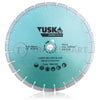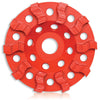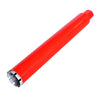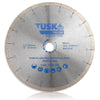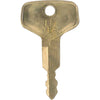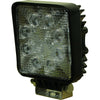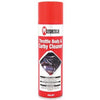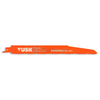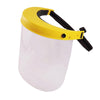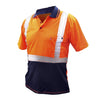The success of any construction project largely hinges on the proper selection and use of equipment. One critical decision that contractors and tradesmen face is choosing between rammers and compactors for soil and asphalt compaction tasks.
Both are essential for soil compaction, yet they serve different purposes and are suited for various project conditions. In this blog, we will analyse the main differences between these powerful tools to help you make an informed decision for your construction needs.
What's the Difference Between a Rammer and a Compactor?
Choosing the correct equipment for soil compaction is crucial for the stability and durability of any construction project. Understanding the differences between a rammer and a compactor can optimise your work efficiency and project outcomes.
Uses of the Rammer Tool:
A rammer tool compacts soil or aggregate by repeatedly dropping a heavy weight onto the surface, using manual force or powered mechanisms to level and stabilise ground.
- A rammer, often referred to as a tamping rammer or jumping jack, is specifically designed for compacting cohesive or clay-rich soils, which tend to be sticky and require a focused, forceful impact.
- Useful in narrow and confined spaces such as trenches where a traditional plate compactor cannot reach or manoeuvre effectively.
- Rammers deliver rapid percussive blows to the soil, penetrating and compacting the material from the bottom up for thorough, deep compaction.
- Although they deliver forceful impacts, rammers are typically lightweight and engineered for ease of operation, allowing operators to move and position the tool with minimal effort.
Plate Compactor:
A plate compactor uses vibration and weight to compact soil, asphalt, or gravel, with a heavy steel plate that moves rapidly up and down to flatten and stabilise surfaces.
- A plate compactor is the tool of choice when dealing with granular soils, such as gravel and sand, that require a different compaction approach.
- By using a combination of vibrations and the weight of the machine, a plate compactor uniformly compacts a larger, flat surface, making it suitable for creating a solid base for driveways, patios, and walkways.
- It offers a smoother, more even finish than a rammer, essential when preparing the ground for paving projects or when laying down landscaping elements.
- The wide, flat plate of a compactor also means faster coverage of areas, significantly reducing the time required to complete the compaction process on larger sites.
Both rammers and compactors serve the essential function of soil compaction but are designed for different conditions and soil types. The choice between them should be based on the specific needs of the project, including the soil's composition and the workspace's characteristics.
At Tradesmart, we understand that quality and reliability are non-negotiable when you're on the clock. That's why we offer a selection of proven, industry-leading tools like Meiwa to construction projects across New Zealand.
Our service is exceptional and our team of experts will help you choose the right tool for your project. You can trust us to provide the tools you need to complete the job successfully. Contact us today, and let's ensure your project is equipped for success!

































